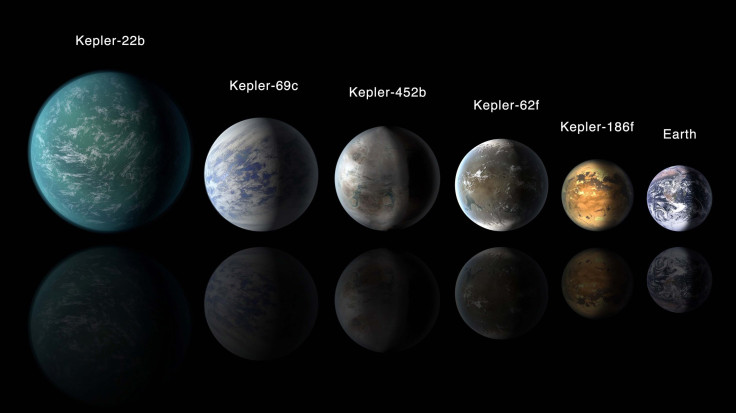Scientists Suggest Using Earth’s ‘Fingerprint’ To Find Habitable Alien Worlds

Astronomers from Canada were able to identify Earth’s cosmic fingerprint. According to the astronomers’ new study, the fingerprint can be used as a template in finding habitable alien planets that are similar to Earth.
For the study, Evelyn Macdonald and Nicolas Cowan of Canada’s McGill University observed Earth using images taken by the SCISAT satellite. Through the satellite images, the astronomers were able to construct a model of Earth’s transit spectrum, which is a signature emitted by the atmosphere when viewed through infrared light.
According to the astronomers, the transit spectrum, which sort of serves as Earth’s fingerprint, shows traces of molecules that indicate the planet’s habitability. These include ozone and methane, which are usually visible when a planet has organic sources for these compounds.
“A handful of researchers have tried to simulate Earth’s transit spectrum, but this is the first empirical infrared transit spectrum of Earth,” Cowan said in a statement. “This is what alien astronomers would see if they observed a transit of Earth.”
According to Cowan and Macdonald, the findings of their study can be used in the search of a planet that’s capable of supporting life. By analyzing the transit spectrum of alien worlds and comparing it with that of Earth, scientists will be able to determine if a planet has the proper atmospheric and environmental conditions to become habitable.
Cowan and Macdonald noted that the cosmic system TRAPPIST-1 would be the perfect place to use their study since it contains planets that are orbiting a host star within a habitable zone. This region is expected to be one of the targets of the James Webb Space Telescope from NASA, the European Space Agency and the Canadian Space Agency.
“TRAPPIST-1 is a nearby red dwarf star, which makes its planets excellent targets for transit spectroscopy,” Macdonald said. “This is because the star is much smaller than the Sun, so its planets are relatively easy to observe.”
“Also, these planets orbit close to the star, so they transit every few days,” she added. “Of course, even if one of the planets harbors life, we don’t expect its atmosphere to be identical to Earth’s since the star is so different from the Sun.”
The findings of Cowan and Macdonald were presented in a new study published in the Monthly Notices of the Royal Astronomical Society.
© Copyright IBTimes 2024. All rights reserved.





















